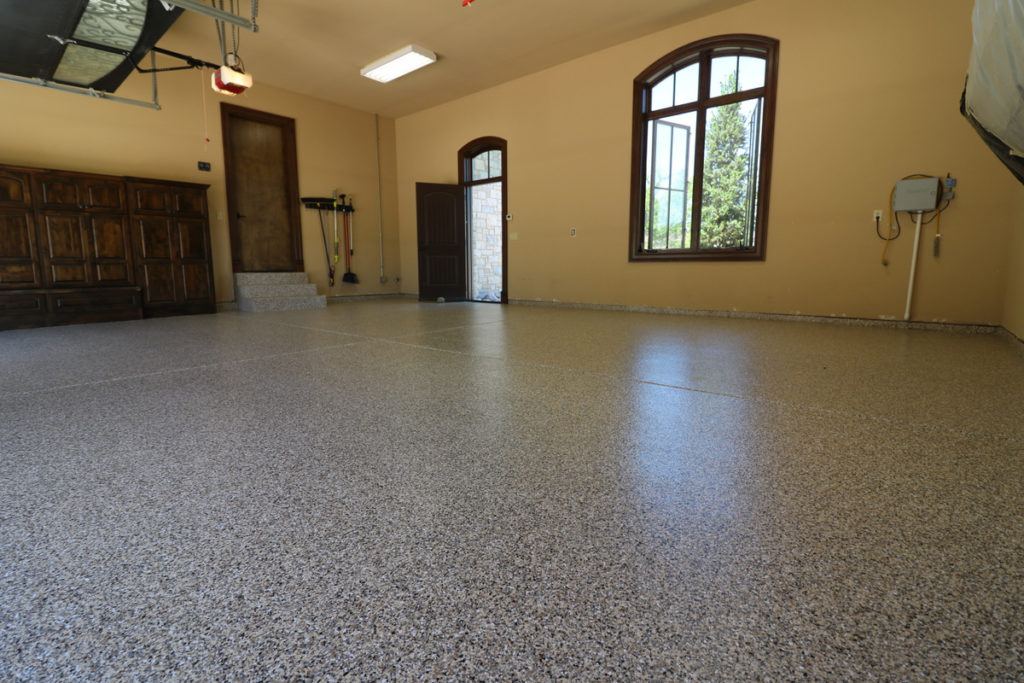
Epoxy floors are innovative, versatile, and fit most home improvement needs. It is a highly sought flooring among industrial and residential property today! One of the competent DIY methods for floors that suits indoors, garages, business spaces is epoxy!
Professional, or not, enhancing a flooring system with epoxy has captured creative and innovative minds. Today, as most people relying on DIY tips and home improvement resources online, and everywhere, the epoxy’s durable quality is compromised. Applying epoxy without the expert’s help can ruin your dream flooring!
Habitual Faults Committed by DIY Installers When Installing Epoxy
Epoxy can be a fantastic investment adding value to your spaces in-home or in business. To have the basic knowledge of proper installing can pave your floors flawlessly that will also go a long way. Another helpful idea for you is to familiarize yourself with common mistakes committed by almost every DIY installers so you can avoid them.
Achieve the best result with floors using advanced technology by preventing these common mistakes. The top 7 are summarized here. Read on and make it right today!
Mistake #1 – Humidity
If you have done scanning and skimming different resources, one of the top advice of experts os to check the area for humidity when installing epoxy. Neglecting, this is where mistakes happen. Epoxy is an excellent solid based material. Poorly processed applications arise due to inaccuracy.
Checking for the temperature, and the climate around the area of epoxy application plays a significant role.
This is where experts also come into view. Want to make sure of the right temperature? Seek the experts’ help. Or, make sure that you will access the right and necessary tools for precision.
Mistake #2 – Moisture
Mistake number one goes with this another common mistake. Most likely, for sure, when you have not checked for the room’s humidity, the moisture content will also be left unchecked.
A seamless floor with epoxy coat free from chipping and flaking is a result of proper moisture reduction.
Mistake #3 – Poorly Prepared Floors
Aside from moisture content on the floor, some other elements need to be removed entirely. Solid particles as dust, debris, and animal hairs are tiny objects that, when left unchecked, will cause big problems.
Poorly prepared surface floor before epoxy will not make a perfect adhesion of the coating. The flawless outcome of epoxy relies on a flawless concrete surface, free from small solid particles.
Mistake #4 – Other Contaminants on the Floor
Most floors that need new surfaces are old existing floors that have been worn by chemicals, oils spills, and other forms of stains. This is common for commercial spaces that involve chemical manufacturing, automotive activities, and food services.
When such a stain becomes challenging to remove, the floor’s functionality decreases as time passes. Thick liquid stains can make a surface sticky or difficult to coat with fresh polishing material.
The same goes for when applied with epoxy. When a floor has residues, that will make adhesion a challenge.
A thorough cleaning is needed and should not leave epoxy to cover up the flaws. That is not the use of epoxy coats.
Mistake #5 – Primer
Primers come in different types depending on the nature of the floors to be used. There is a particular kind of primer for residential use and another for industrial use. Also, a common misconception about epoxy is that users use it as a primer. Epoxy is not a primer.
Though the reason for this mistake could be that epoxy is often used as a topcoat. Applying epoxy needs an existing, fully finished surface. Make sure you put primer first, then top it with the epoxy.
Mistake #6 – Incompatible Surface
No matter how high quality is the materials used, if each part is not compatible to be put together, a big mistake occurs. Making sure that the coating adheres completely to a substrate.
Not all can match adherence. The factors that you need to look out for are the substrate’s density, strength, and flexibility. A substrate can be made of materials that cause expansion, especially when the weather changes.
Mistake #7 – Weak Substrate
Weak substrate happens when cement is of poor quality. Maybe the reason you want to enhance the flooring with the epoxy coat is to improve the cement’s strength.
You might have observed signs of weakness beforehand, and hearing about epoxy makes you decide to try the product. But that is a mistake. To try to improve an already weak cement with a solid coating does not provide consistent durability.
Always start making good, seamless work at the beginning. That is the secret to making sure that no mistakes will occur later on, with every project.
